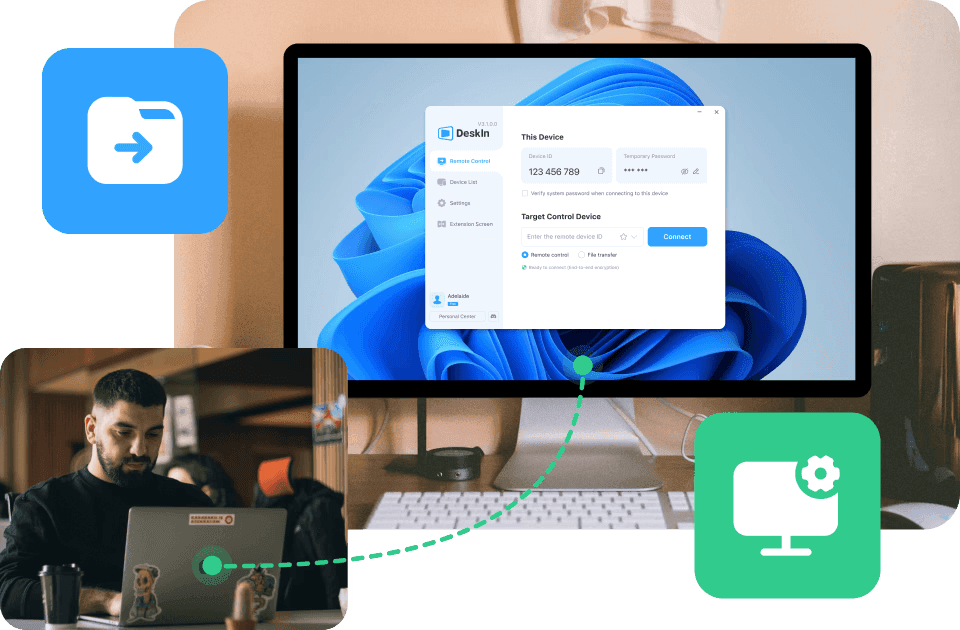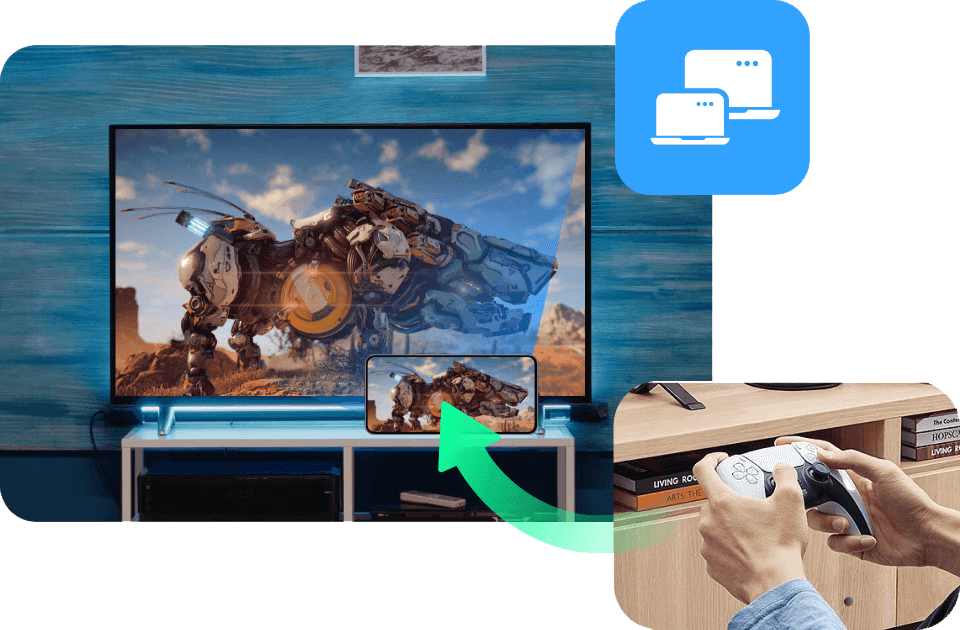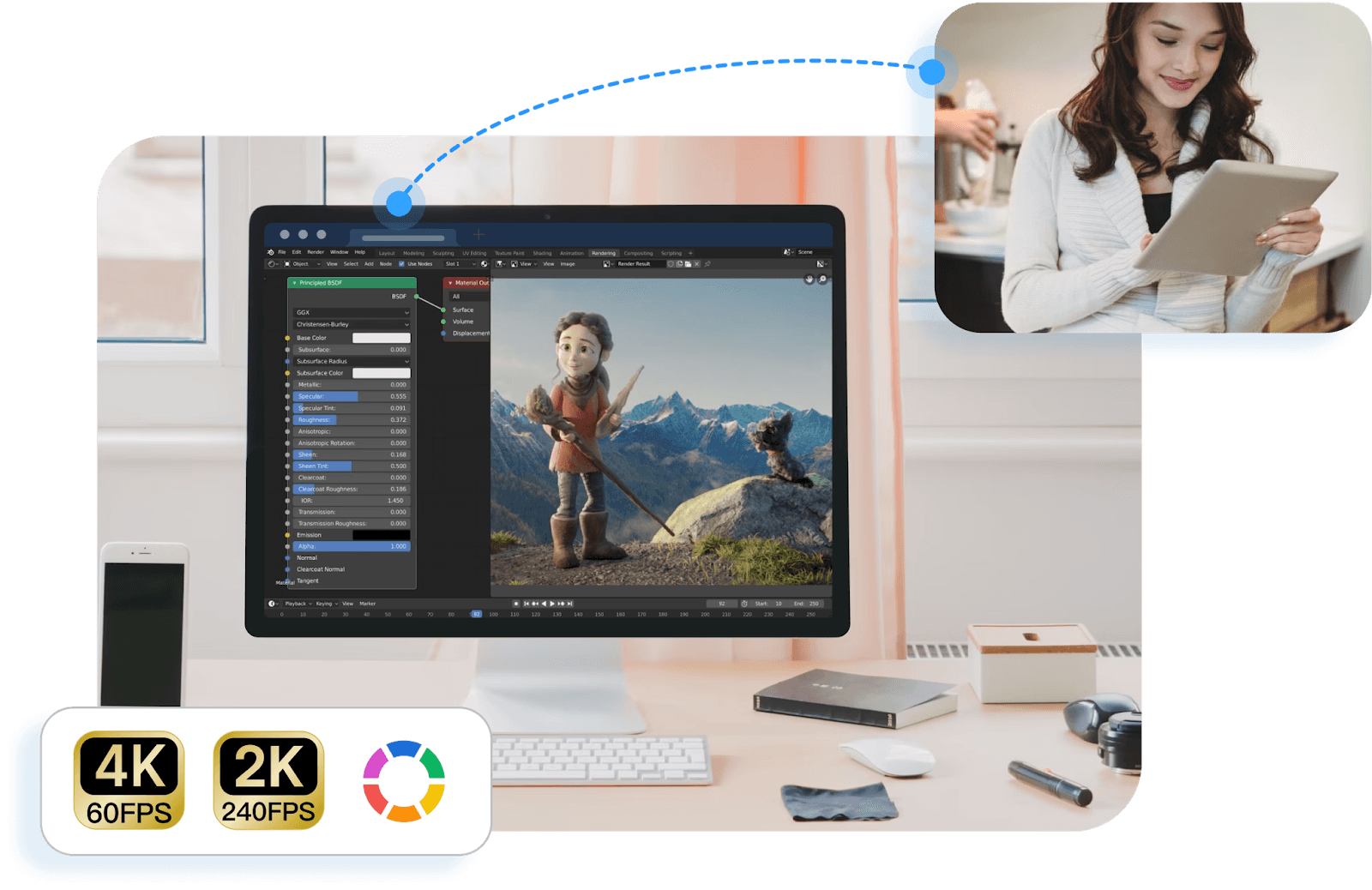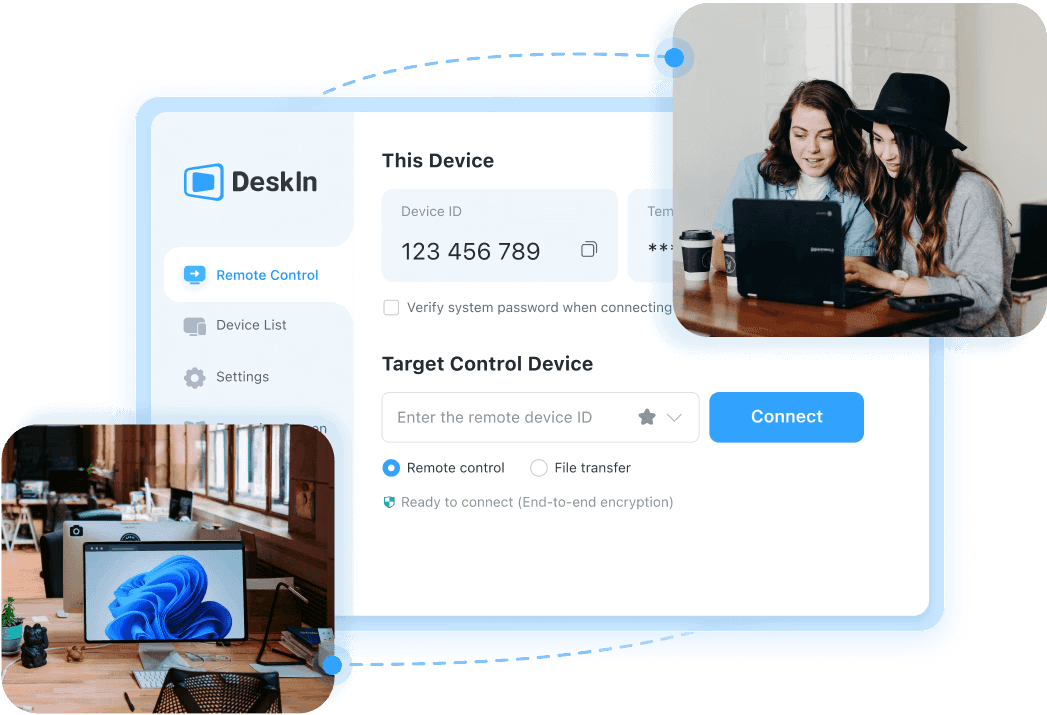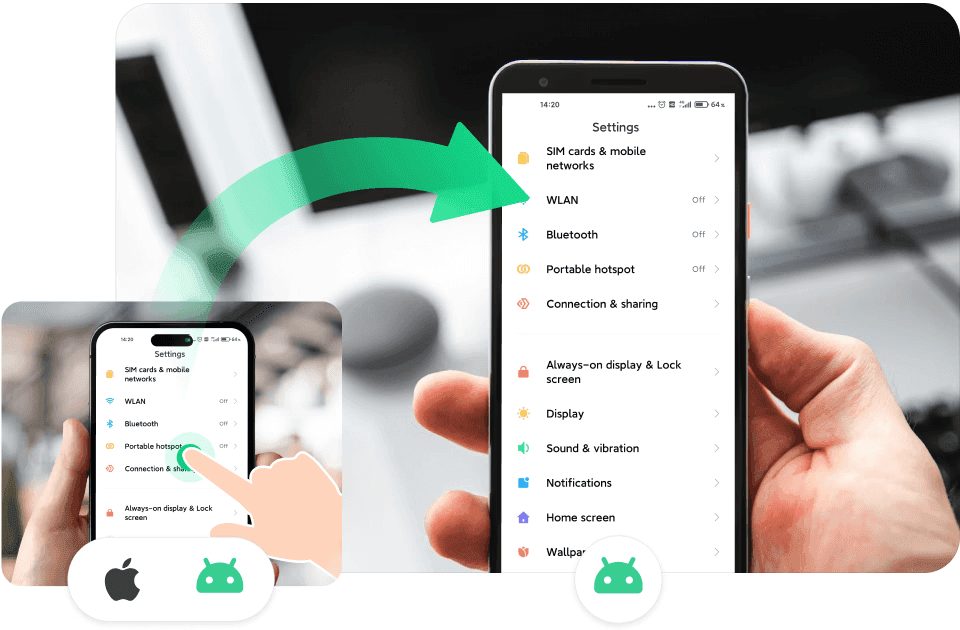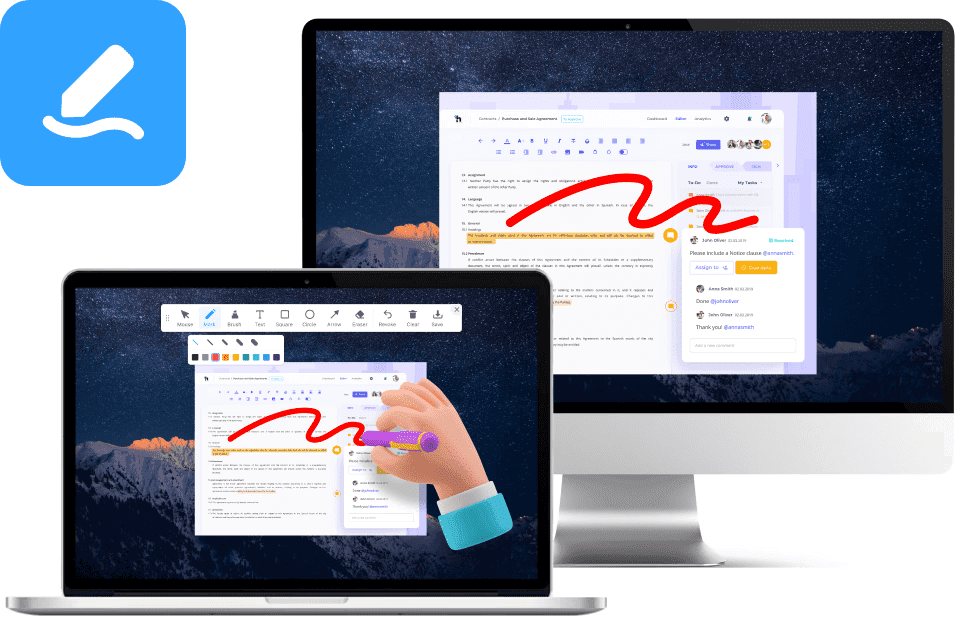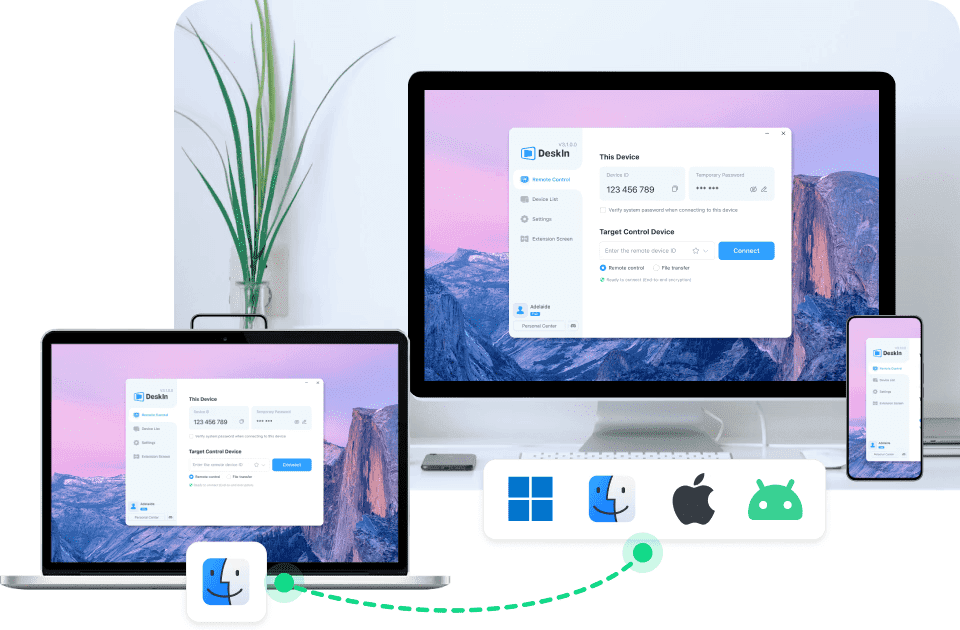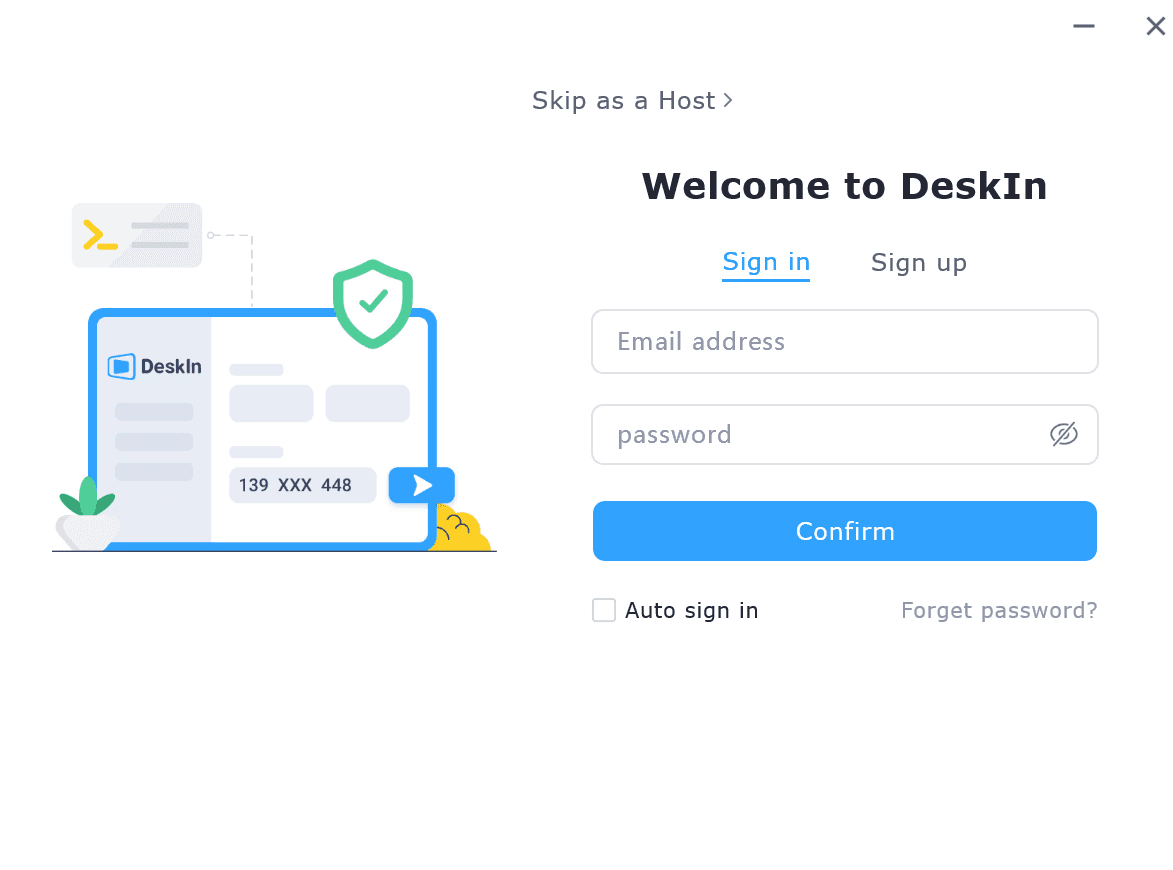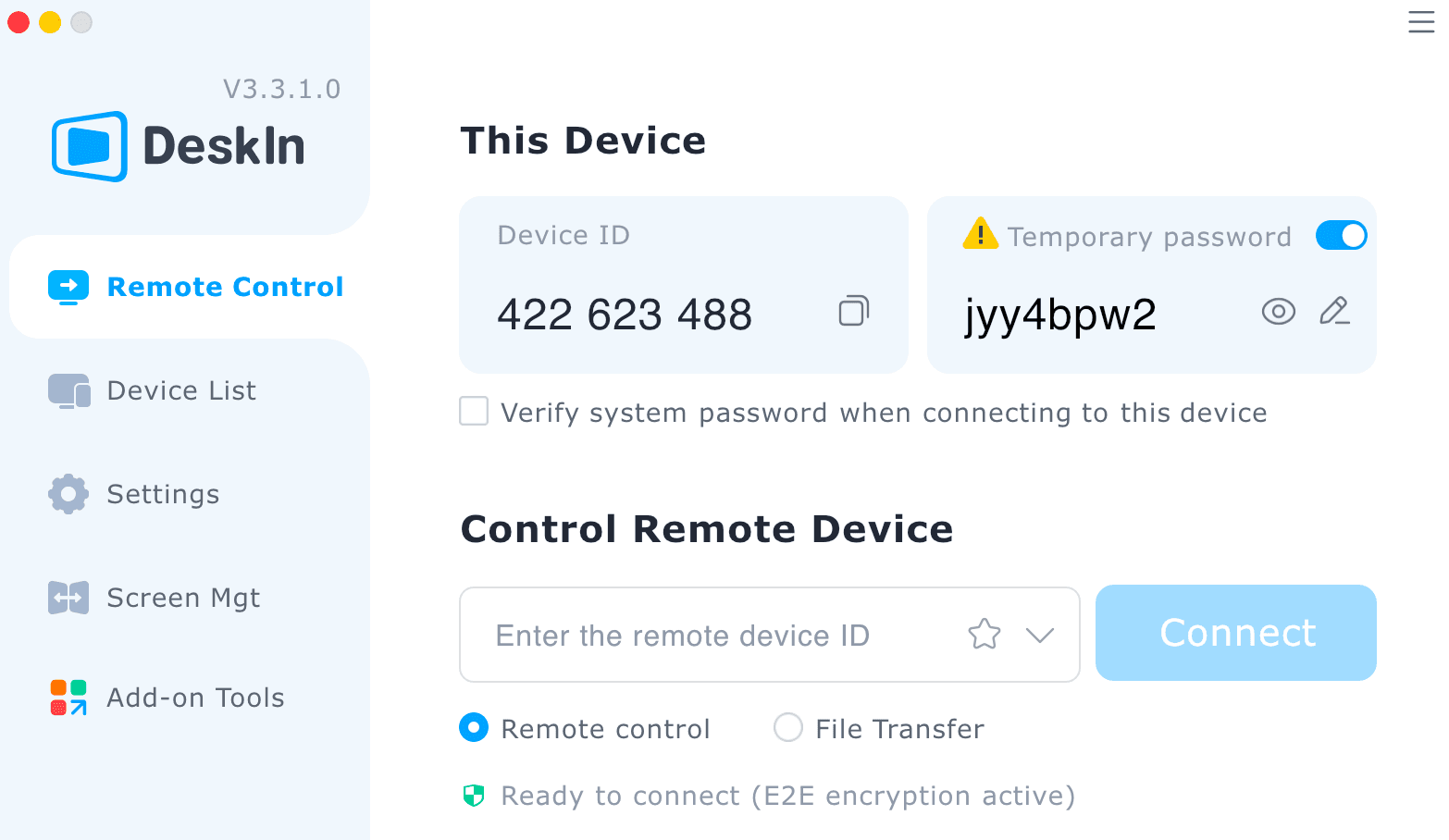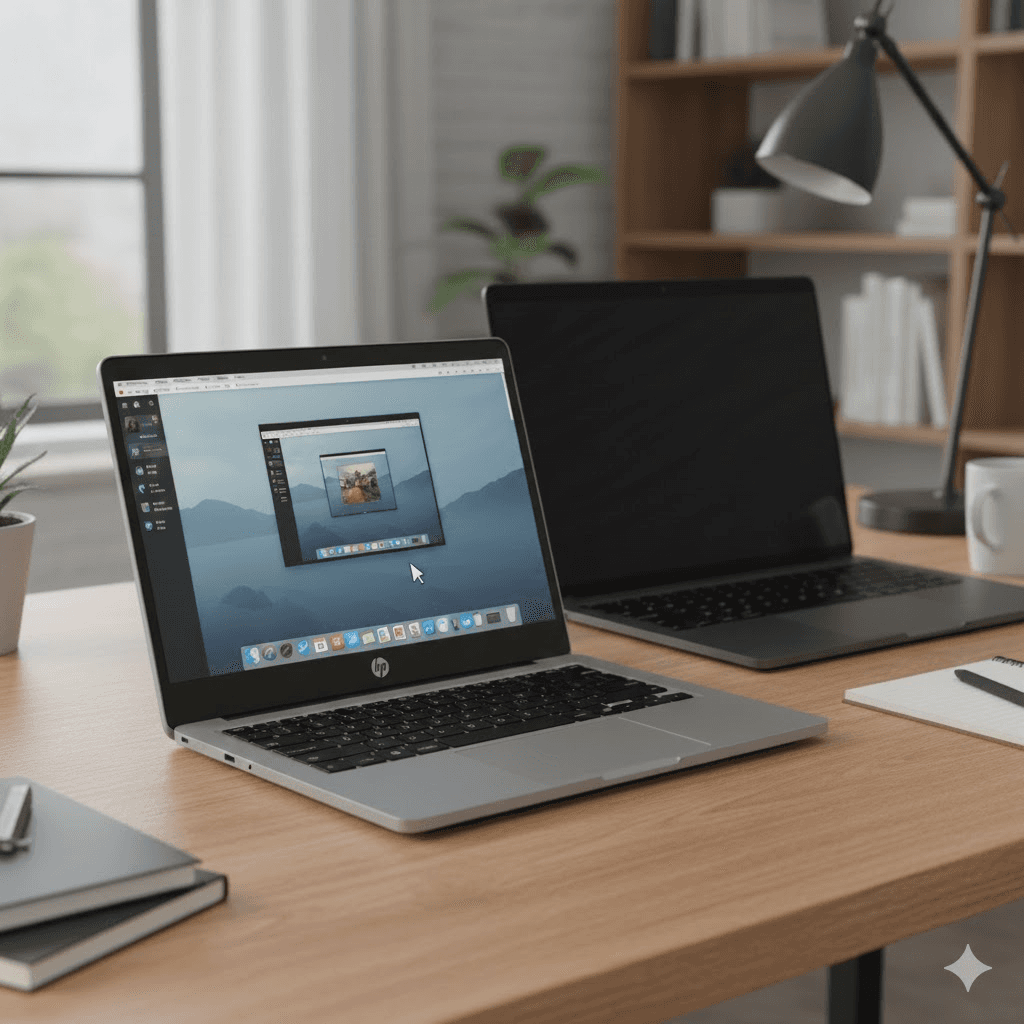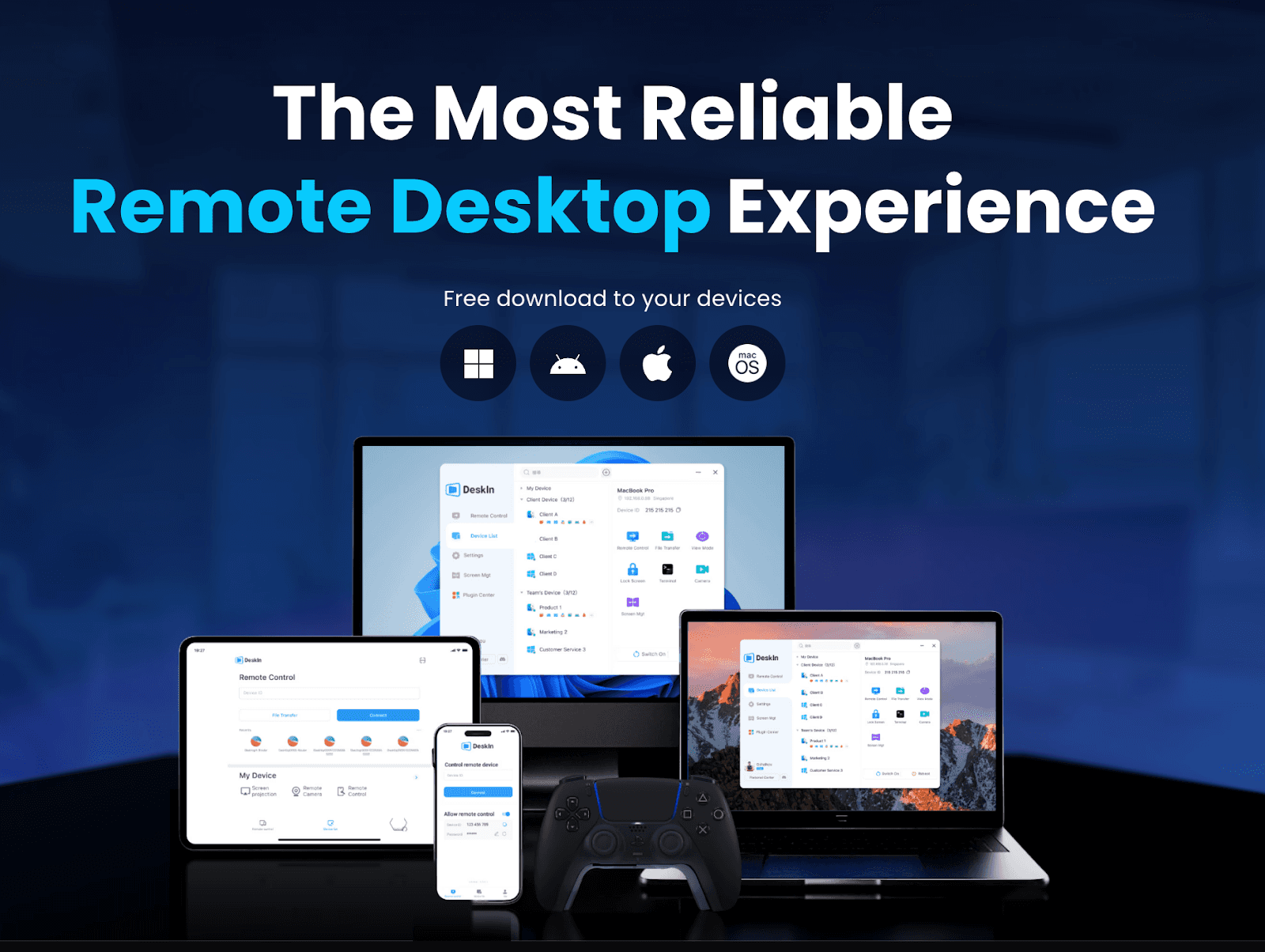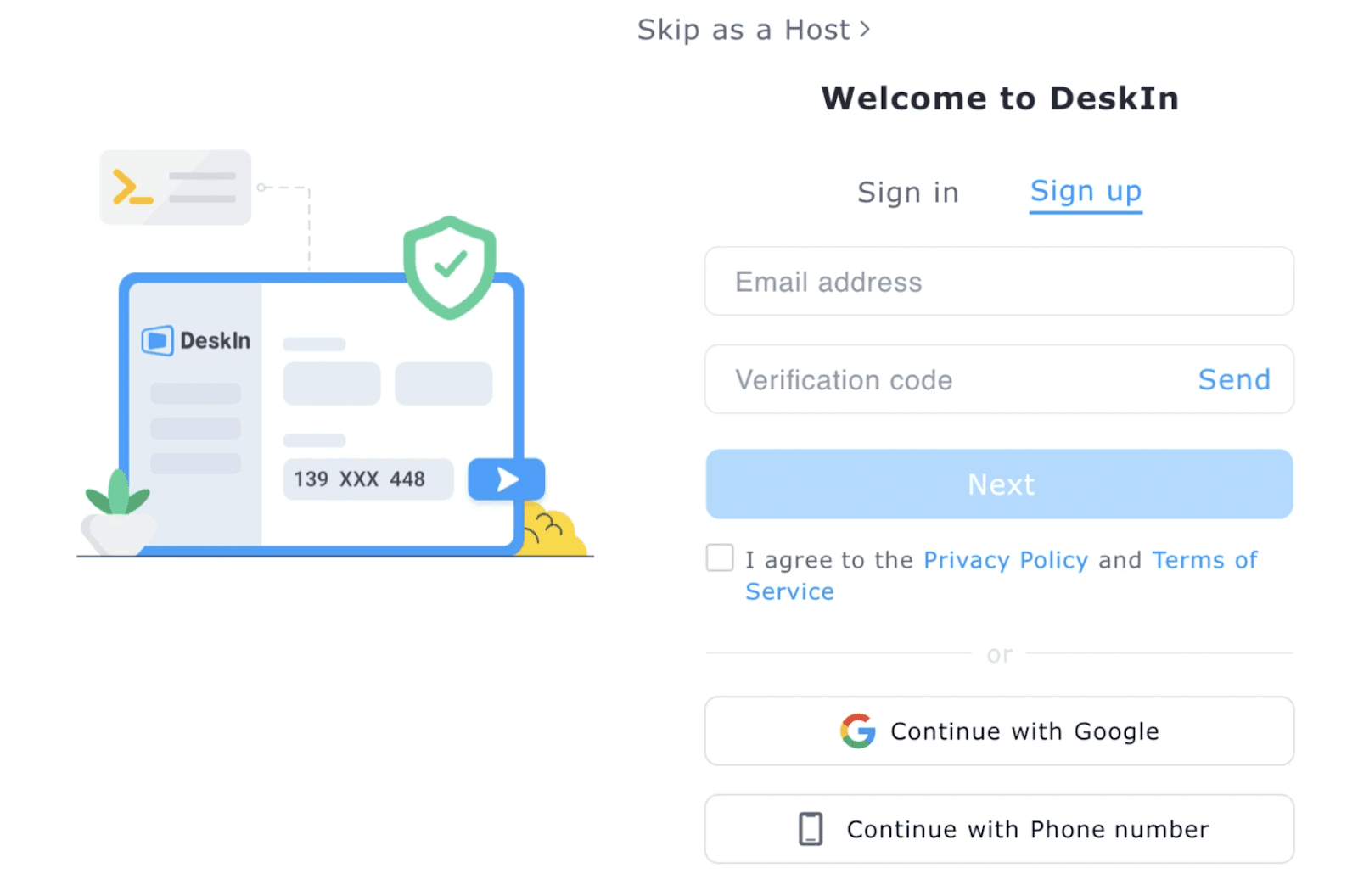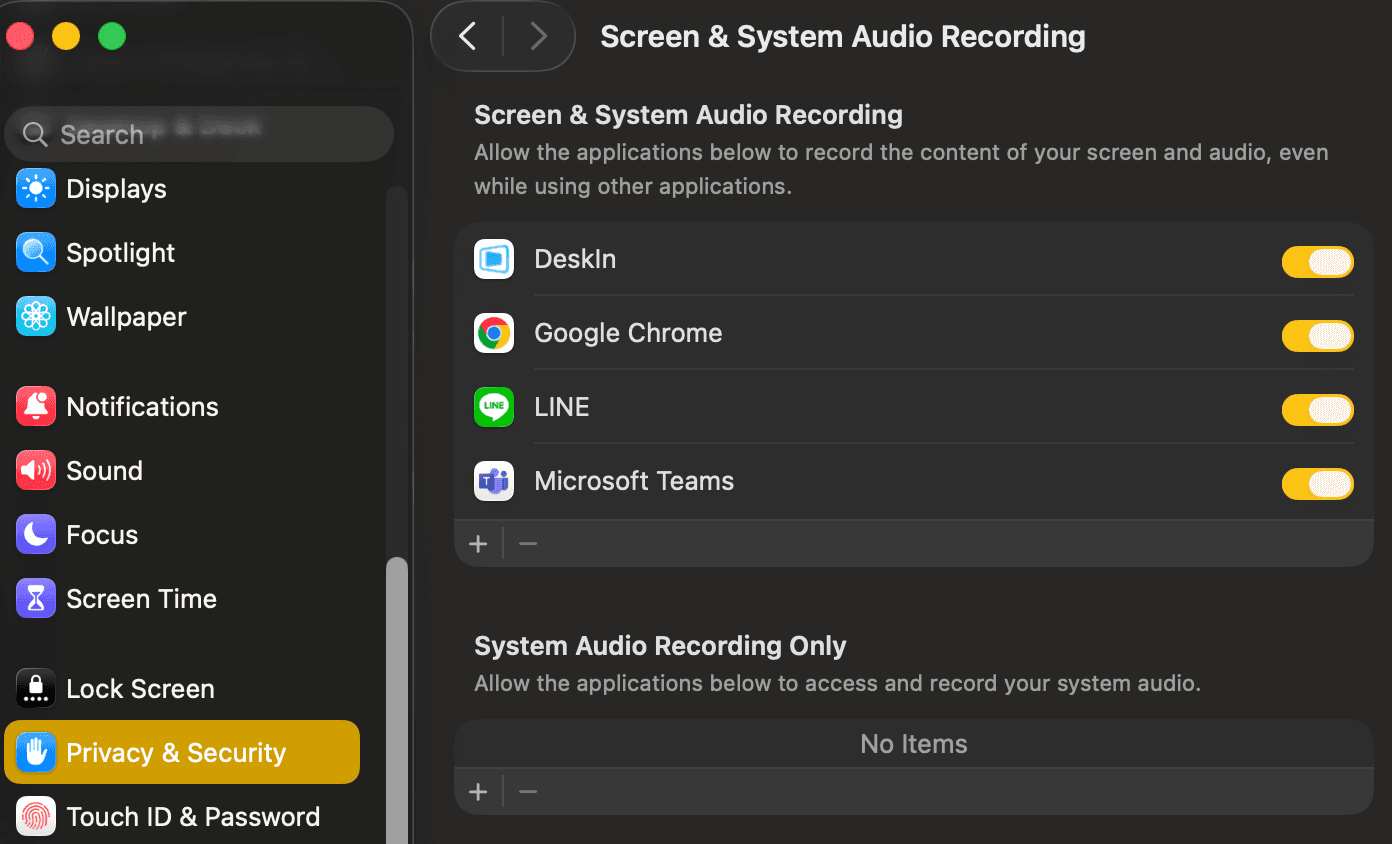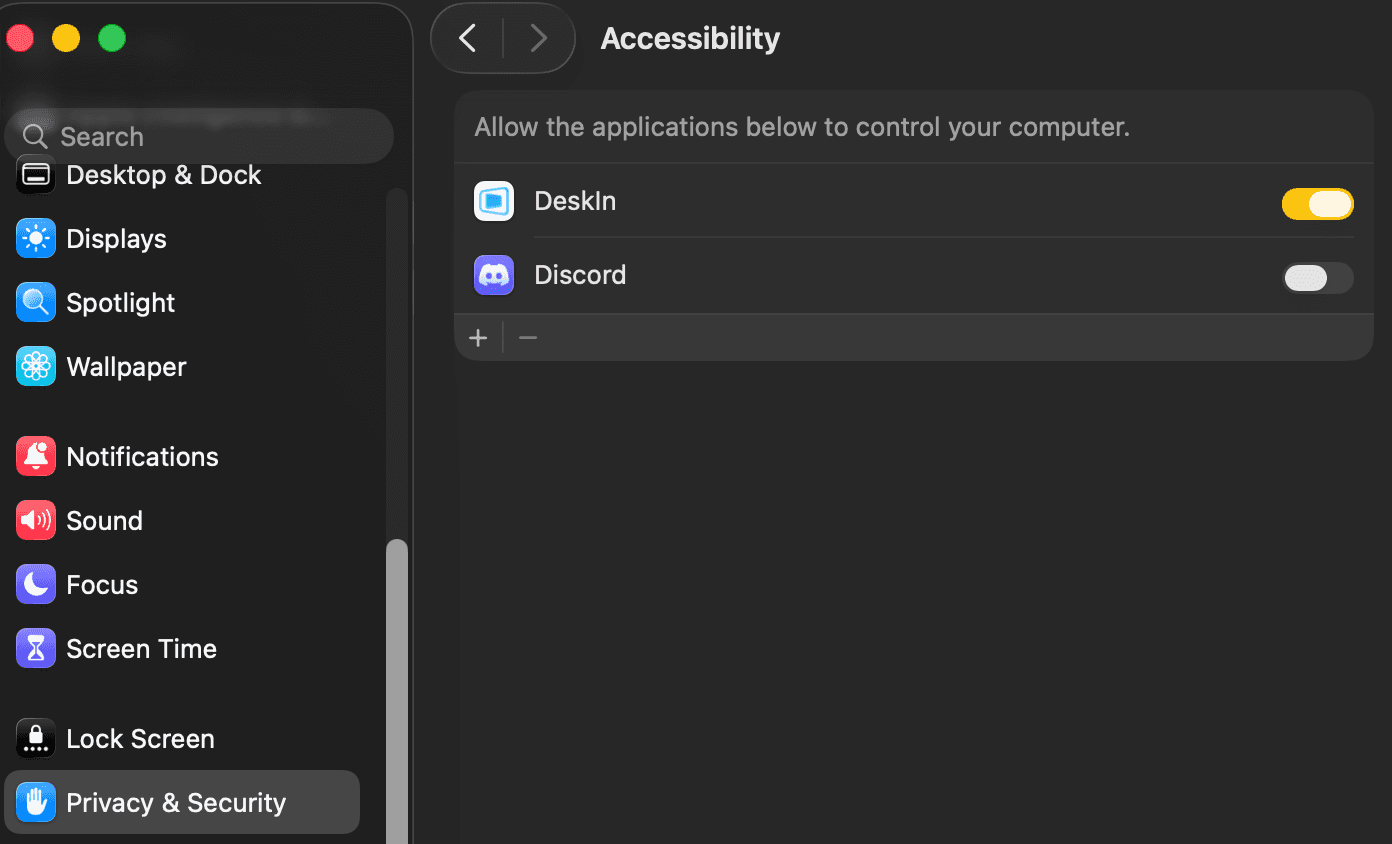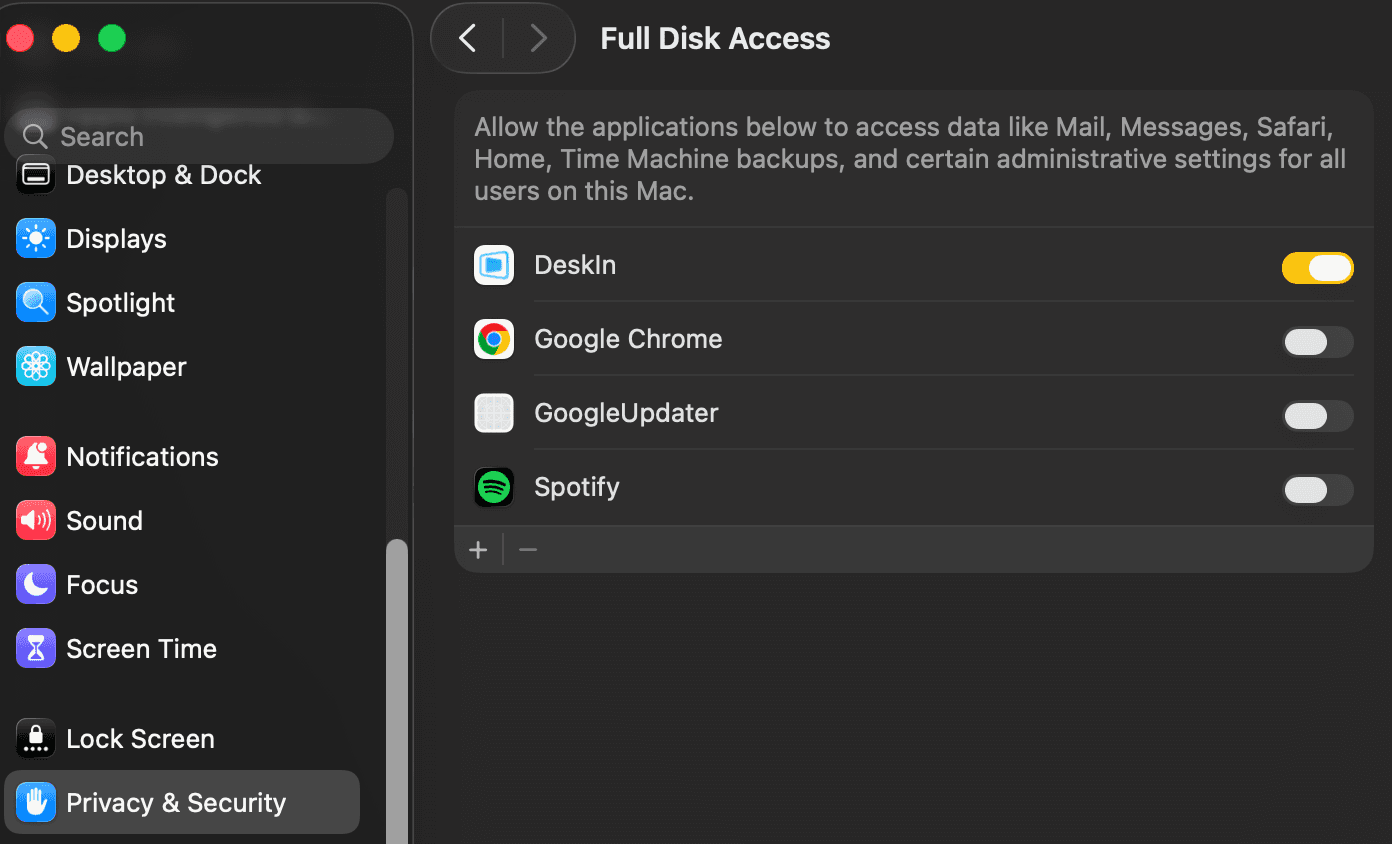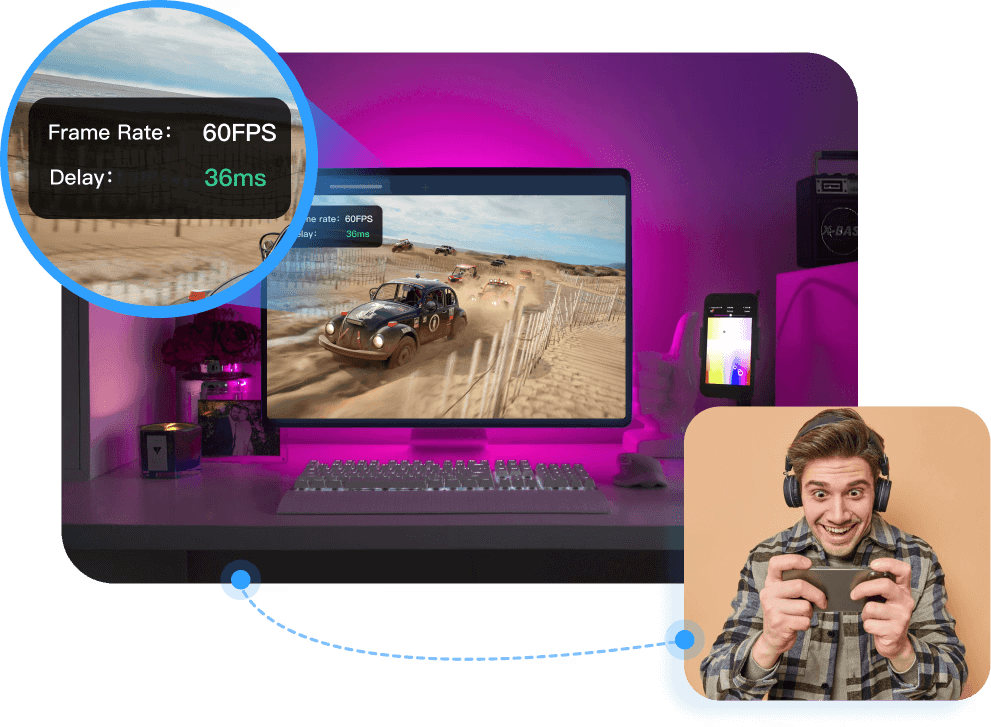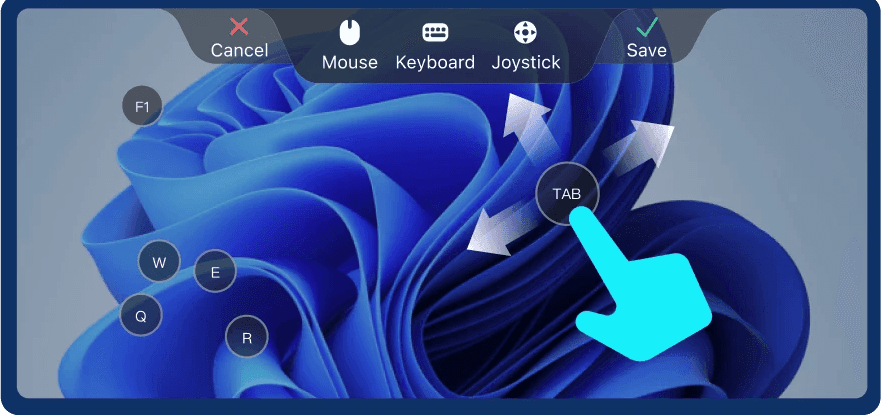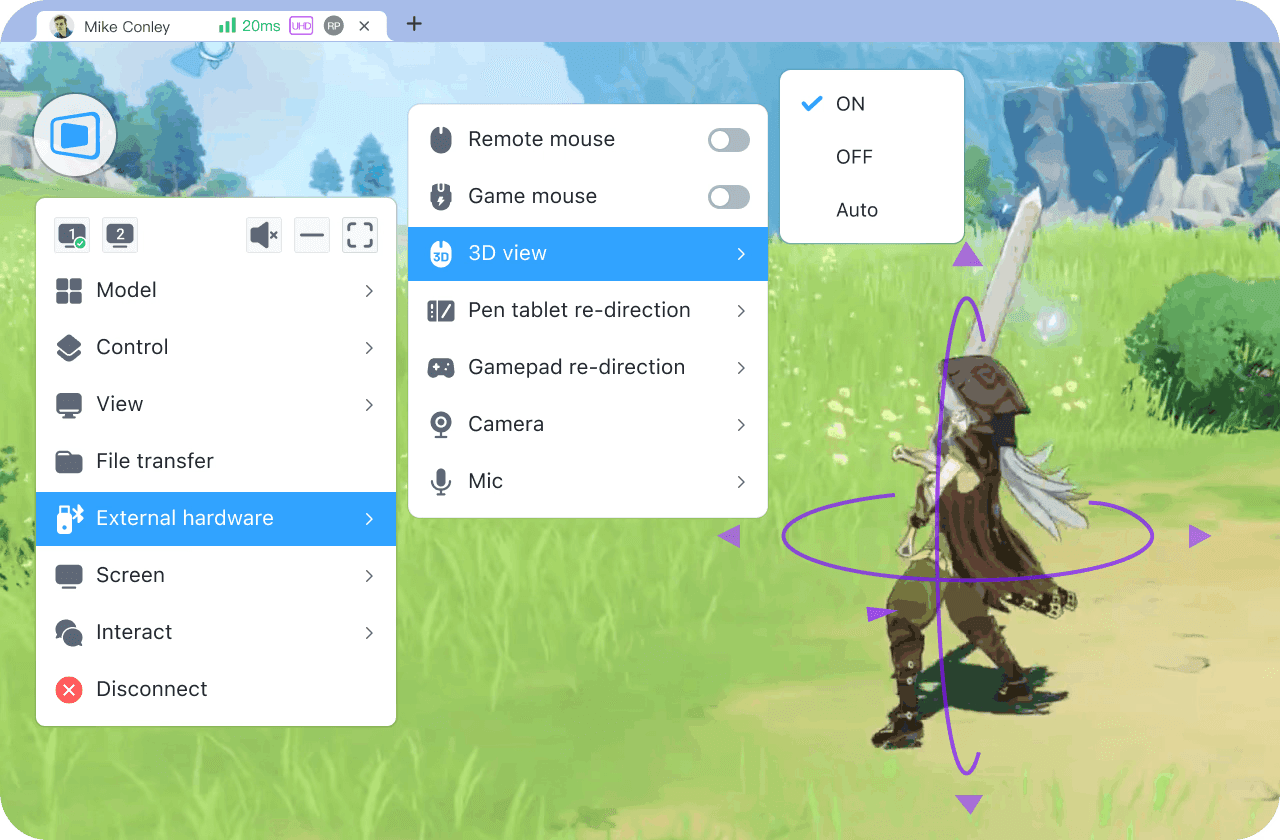The Ennead Architectural Design firm (formerly known as Polshek Partnership) is a New York-based architectural firm that specializes in creating innovative and sustainable designs for a variety of project types, including cultural, educational, and scientific institutions.
The firm was founded in 1963 and has completed many high-profile projects over the years, including the Rose Center for Earth and Space at the American Museum of Natural History in New York, the Natural History Museum of Utah, and the Standard Hotel in New York's Meatpacking District.
Ennead Architectural Design has also been involved in several high-profile restoration and renovation projects, including the restoration of Carnegie Hall and the renovation of the Louis Gallery at the Yale University Art Museum.
Ennead Architectural Design has a strong commitment to creating architecturally significant and socially impactful buildings around the world.
The shift to remote work during and after pandemic
Like many other companies in the architecture and design industry, Ennead was affected by the COVID-19 pandemic and the resulting restrictions on in-person work. The shift to remote work made it more challenging for Ennead's staff to collaborate effectively and to access the company's high-performance computer office and drawing tools.
Despite the challenges, Ennead has demonstrated their resilience and adaptability in the face of the pandemic. Ennead used DeskIn Enterprise Edition to help them complete remote design drawings and simulations during the pandemic.
DeskIn is a cloud-based platform that enables remote access to high-performance computers and applications, which can be particularly useful for industries such as architecture and design where high-performance computing is often required.
By using DeskIn, Ennead has been able to provide their staff with remote access to the company's high-performance computer office and drawing tools, enabling them to work on design drawings and simulations from anywhere with a stable, high-definition, and smooth experience.
This would have allowed them to continue working on projects without the limitations of traditional remote access methods such as VPNs, and to continue delivering innovative and impactful projects despite the obstacles presented by the pandemic.
Ennead used DeskIn not just for remote access to high-performance computing, but also to integrate and optimize their business processes, as well as efficiently manage off-site work during the pandemic.

Obstacles Encountered by Ennead Team While Working Across Geographies
Ennead teams rely especially on high-performance computing and specialized software applications. It's common for architecture and design firms to equip their production teams with professional workstations, which can provide the necessary performance and power to run specialized design, 3D, and special effects applications.
However, when employees are working from home during the pandemic, their personal computers may not have the necessary performance to run these applications effectively. The dispersion caused by working from home can also make it difficult to manage and monitor employees' workstations, further complicating the situation.

Collaboration with DeskIn
The deployment of DeskIn at Ennead has had a positive impact on the company's remote work capabilities and has helped to overcome the challenges of working during the pandemic. In addition to providing remote access to high-performance workstations and specialized applications, DeskIn has also been useful for project data security, process collaboration, technology development, and other areas.
The success of DeskIn at Ennead has led the company to continue using the platform even after the epidemic eased. The convenience of working anytime, anywhere, has been a significant benefit for Ennead's employees, and the company has seen the value of remote work and collaboration.
By expanding the scale of use of DeskIn, Ennead can further enhance its capabilities for remote work and collaboration.

Swift Deployment to Seemlessly Switch to Remote Work
When ennead purchased DeskIn Enterprise, some employees were already in home isolation, leaving the company very little time to load the product.
With DeskIn Enterprise's bulk deployment feature, IT administrators can install and configure all corporate devices in an hour. The product-specific deployment code can also carry device group information, eliminating the need for administrators to manually manage device groups, and automatically associate workstations with corresponding departments only through the command line.

This means that for employees, they only need to download the DeskIn app, log in, then they can find their company's equipment in the device list. Once they initiate the remote connection, they can seamlessly access the remote workstation, and the experience is no different from working on-site. They can use the workstation as if they were physically in the office, with no significant differences in performance or responsiveness.
DeskIn's simplicity and ease of use are key features that make it an attractive platform for Ennead's employees. The platform eliminates the need for complex configuration or setup, allowing employees to focus on their work and be productive from any location.
With DeskIn, they can seamlessly switch between remote office and remote drawing without any additional configuration, further increasing their productivity and efficiency.

Design Remotely Across Spaces and Double the Collaboration Efficiency
In order to better meet the professional work needs of the designer team, DeskIn is equipped with a variety of rich and practical remote control functions. In addition to basic remote functions such as file transfer, whiteboard online communication, remote screen projection, remote camera, remote printing, mouse and keyboard mapping, setting light and dark watermarks, etc., DeskIn has specially developed professional plug-in functions such as pen tablet, true color mode, high-performance mode, and multi-screen operation.
Architects and designers can control the company's high-configuration computer for ultra-clear design processing through the external pen tablet/hand-drawn board in time, with high-performance and true color mode of up to 4K60 frames, and enjoy high-definition graphics and high-smoothness remote control experience.

Remote Review Enabled by DeskIn Multi-Control Function
1. Large artwork is often not easy to transmit, remote operation does not need to transfer compression, not only saves a lot of copying and transmission waiting time, but also blocks the risk of file leakage from the source.
2. When the designer, draftsman and project leader are connected to the computer where the project file is located at the same time, they can view and modify while communicating, eliminating the information gap in remote work.

In the case of plan finalization and other scenarios where it is necessary to transfer files, DeskIn Enterprise Edition also provides an extremely secure file transfer method: files can only be transferred to the company computer in the device list, all transfer records are kept in detail, and the whole process can be controlled and traced, ensuring that enterprise managers and employees can use comfortably and reassuringly.
The Ennead Architectural Design firm (formerly known as Polshek Partnership) is a New York-based architectural firm that specializes in creating innovative and sustainable designs for a variety of project types, including cultural, educational, and scientific institutions.
The firm was founded in 1963 and has completed many high-profile projects over the years, including the Rose Center for Earth and Space at the American Museum of Natural History in New York, the Natural History Museum of Utah, and the Standard Hotel in New York's Meatpacking District.
Ennead Architectural Design has also been involved in several high-profile restoration and renovation projects, including the restoration of Carnegie Hall and the renovation of the Louis Gallery at the Yale University Art Museum.
Ennead Architectural Design has a strong commitment to creating architecturally significant and socially impactful buildings around the world.
The shift to remote work during and after pandemic
Like many other companies in the architecture and design industry, Ennead was affected by the COVID-19 pandemic and the resulting restrictions on in-person work. The shift to remote work made it more challenging for Ennead's staff to collaborate effectively and to access the company's high-performance computer office and drawing tools.
Despite the challenges, Ennead has demonstrated their resilience and adaptability in the face of the pandemic. Ennead used DeskIn Enterprise Edition to help them complete remote design drawings and simulations during the pandemic.
DeskIn is a cloud-based platform that enables remote access to high-performance computers and applications, which can be particularly useful for industries such as architecture and design where high-performance computing is often required.
By using DeskIn, Ennead has been able to provide their staff with remote access to the company's high-performance computer office and drawing tools, enabling them to work on design drawings and simulations from anywhere with a stable, high-definition, and smooth experience.
This would have allowed them to continue working on projects without the limitations of traditional remote access methods such as VPNs, and to continue delivering innovative and impactful projects despite the obstacles presented by the pandemic.
Ennead used DeskIn not just for remote access to high-performance computing, but also to integrate and optimize their business processes, as well as efficiently manage off-site work during the pandemic.

Obstacles Encountered by Ennead Team While Working Across Geographies
Ennead teams rely especially on high-performance computing and specialized software applications. It's common for architecture and design firms to equip their production teams with professional workstations, which can provide the necessary performance and power to run specialized design, 3D, and special effects applications.
However, when employees are working from home during the pandemic, their personal computers may not have the necessary performance to run these applications effectively. The dispersion caused by working from home can also make it difficult to manage and monitor employees' workstations, further complicating the situation.

Collaboration with DeskIn
The deployment of DeskIn at Ennead has had a positive impact on the company's remote work capabilities and has helped to overcome the challenges of working during the pandemic. In addition to providing remote access to high-performance workstations and specialized applications, DeskIn has also been useful for project data security, process collaboration, technology development, and other areas.
The success of DeskIn at Ennead has led the company to continue using the platform even after the epidemic eased. The convenience of working anytime, anywhere, has been a significant benefit for Ennead's employees, and the company has seen the value of remote work and collaboration.
By expanding the scale of use of DeskIn, Ennead can further enhance its capabilities for remote work and collaboration.

Swift Deployment to Seemlessly Switch to Remote Work
When ennead purchased DeskIn Enterprise, some employees were already in home isolation, leaving the company very little time to load the product.
With DeskIn Enterprise's bulk deployment feature, IT administrators can install and configure all corporate devices in an hour. The product-specific deployment code can also carry device group information, eliminating the need for administrators to manually manage device groups, and automatically associate workstations with corresponding departments only through the command line.

This means that for employees, they only need to download the DeskIn app, log in, then they can find their company's equipment in the device list. Once they initiate the remote connection, they can seamlessly access the remote workstation, and the experience is no different from working on-site. They can use the workstation as if they were physically in the office, with no significant differences in performance or responsiveness.
DeskIn's simplicity and ease of use are key features that make it an attractive platform for Ennead's employees. The platform eliminates the need for complex configuration or setup, allowing employees to focus on their work and be productive from any location.
With DeskIn, they can seamlessly switch between remote office and remote drawing without any additional configuration, further increasing their productivity and efficiency.

Design Remotely Across Spaces and Double the Collaboration Efficiency
In order to better meet the professional work needs of the designer team, DeskIn is equipped with a variety of rich and practical remote control functions. In addition to basic remote functions such as file transfer, whiteboard online communication, remote screen projection, remote camera, remote printing, mouse and keyboard mapping, setting light and dark watermarks, etc., DeskIn has specially developed professional plug-in functions such as pen tablet, true color mode, high-performance mode, and multi-screen operation.
Architects and designers can control the company's high-configuration computer for ultra-clear design processing through the external pen tablet/hand-drawn board in time, with high-performance and true color mode of up to 4K60 frames, and enjoy high-definition graphics and high-smoothness remote control experience.

Remote Review Enabled by DeskIn Multi-Control Function
1. Large artwork is often not easy to transmit, remote operation does not need to transfer compression, not only saves a lot of copying and transmission waiting time, but also blocks the risk of file leakage from the source.
2. When the designer, draftsman and project leader are connected to the computer where the project file is located at the same time, they can view and modify while communicating, eliminating the information gap in remote work.

In the case of plan finalization and other scenarios where it is necessary to transfer files, DeskIn Enterprise Edition also provides an extremely secure file transfer method: files can only be transferred to the company computer in the device list, all transfer records are kept in detail, and the whole process can be controlled and traced, ensuring that enterprise managers and employees can use comfortably and reassuringly.






